
Season’s Greetings!
We had looked forward to this year with great anticipation because on 1 January 2020 HITS celebrated its 10th birthday. Therefore we invited …
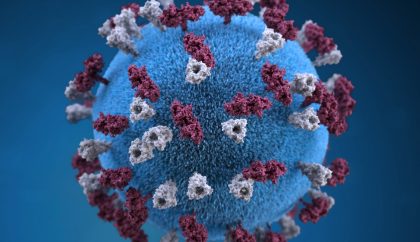
DFG funds HITS research on SARS CoV-2 spike glycoprotein
The SARS-CoV2 virus is notorious for its characteristic spike protein that helps the virus to invade cells. Rebecca Wade and the …
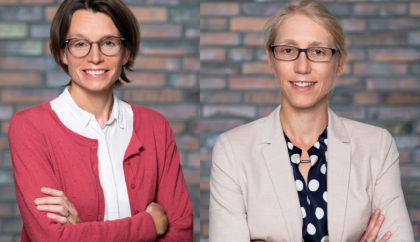
Radicals in collagen and the sound of the stars: ERC Consolidator Grants for two HITS researchers
The biophysicist Frauke Gräter and the astrophysicist Saskia Hekker have won ERC Consolidator Grants awarded by the European Research Council (…

Measuring the true scale of the Universe
The Heidelberg Institute for Theoretical Studies (HITS) is a beneficiary of the ERC Synergy Grant “UniverScale”. An international research team from …

Issue 4 | 2020
Canadian science journalist and author Siobhan Roberts is the current “Journalist in Residence” at HITS. In spite of the Corona crisis, …
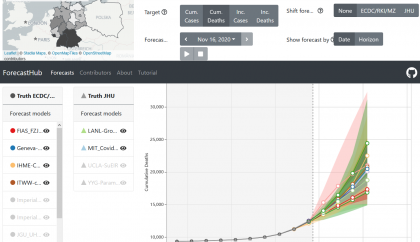
Mapping the uncertainty: COVID-19 forecasts
Researchers from the Heidelberg Institute for Theoretical Studies (HITS) and the Karlsruhe Institute of Technology (KIT) have developed a web platform …
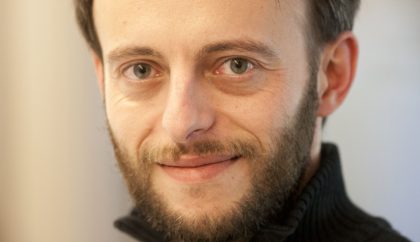
Again: “Highly Cited Researcher“ at HITS
For five years running, computer scientist Alexandros Stamatakis from the Heidelberg Institute for Theoretical Studies (HITS) has been named one of …
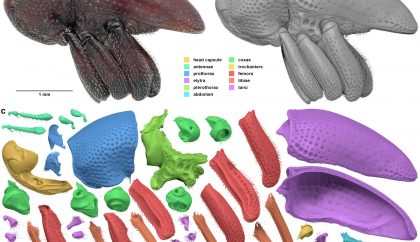
Making sense of what you see in biomedical images
Sometimes an image is just an image. Sometimes it gives those who can read it correctly a deeper insight into what …
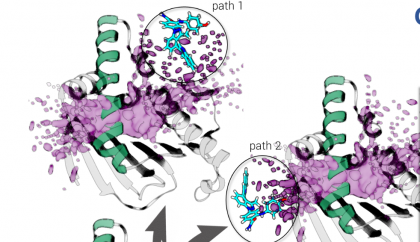
New tools for computing protein-ligand dissociation rates and exploring dissociation mechanisms
The length of time that a drug molecule spends bound to its protein target – its residence time – is an important determinant …

Why scientists should be on twitter
Twitter has been around since 2006 and currently has around 330 million active users (as of October 2020) making it one of the most …